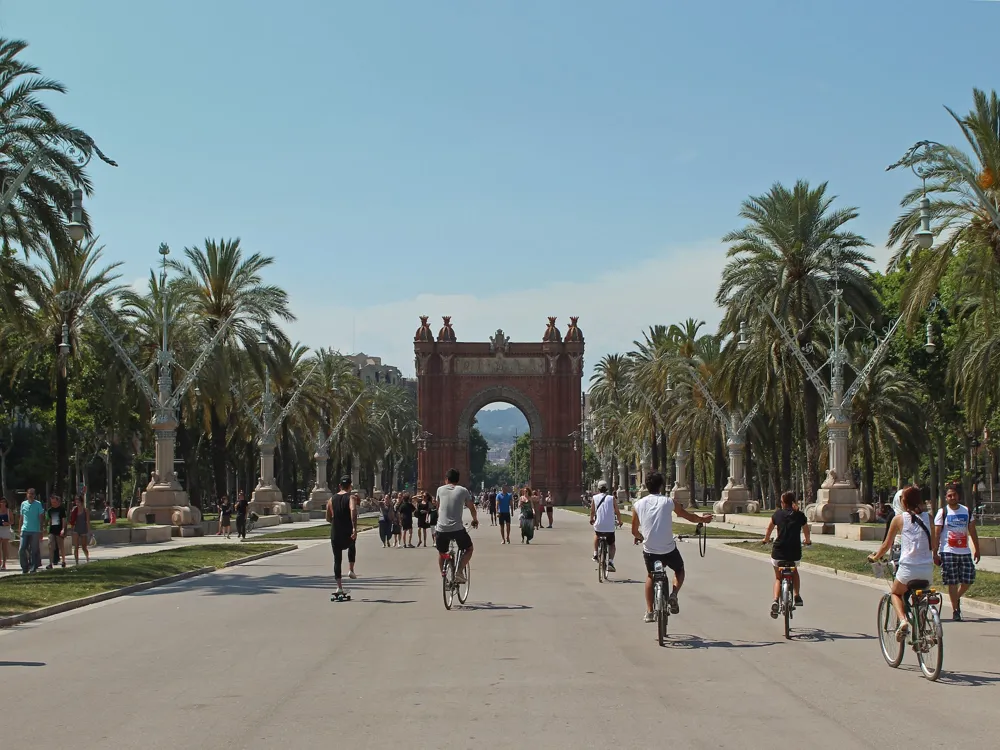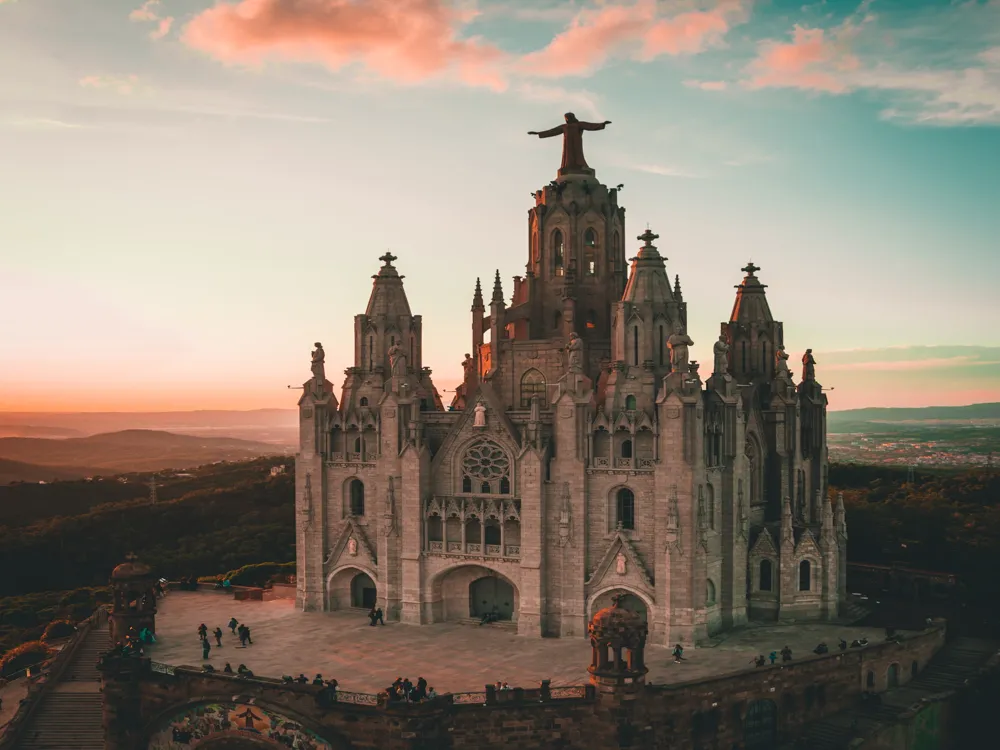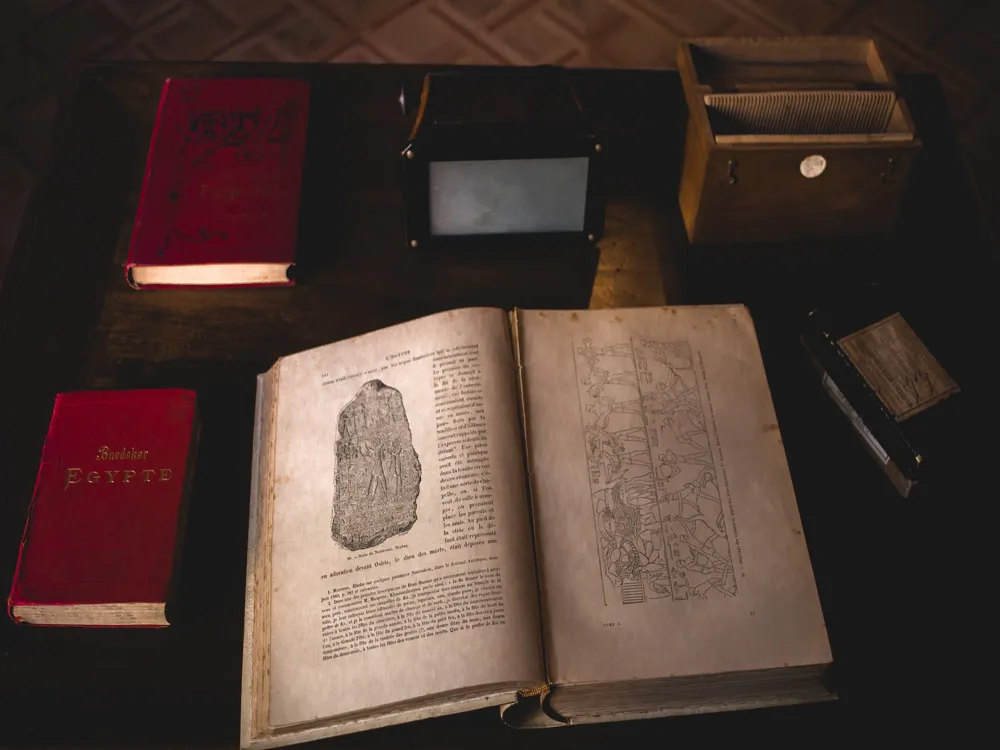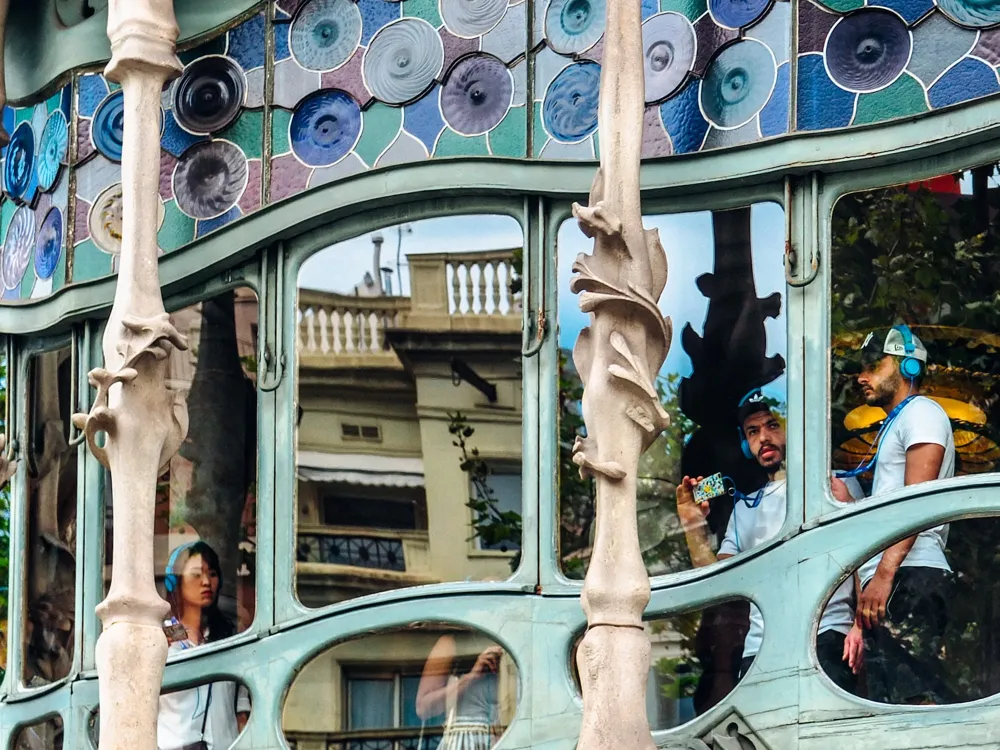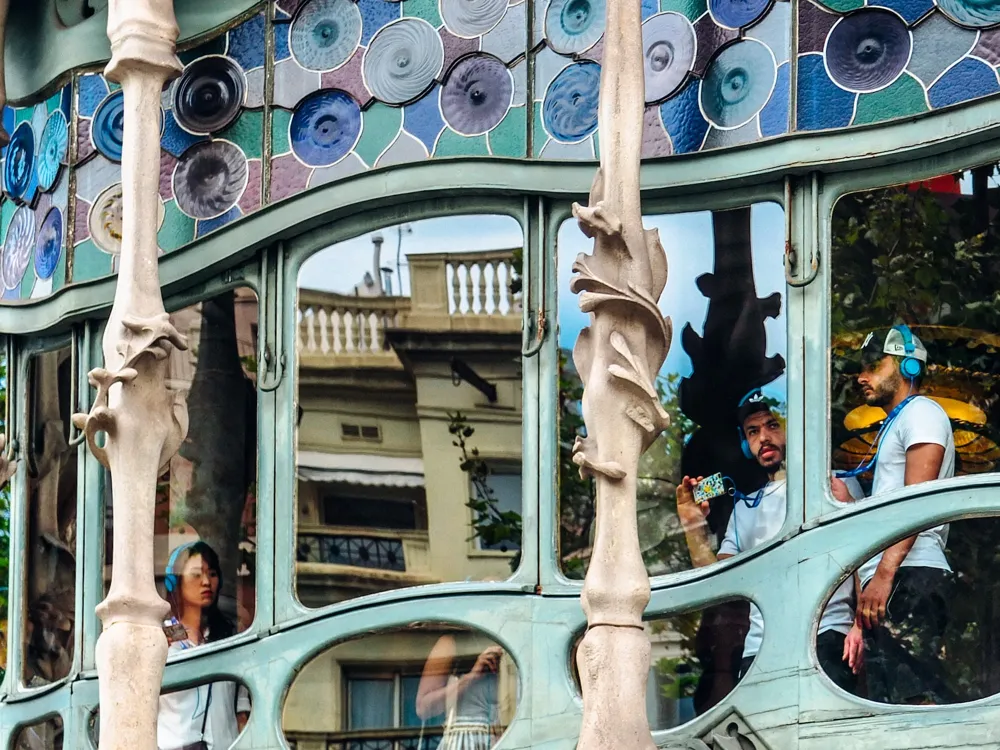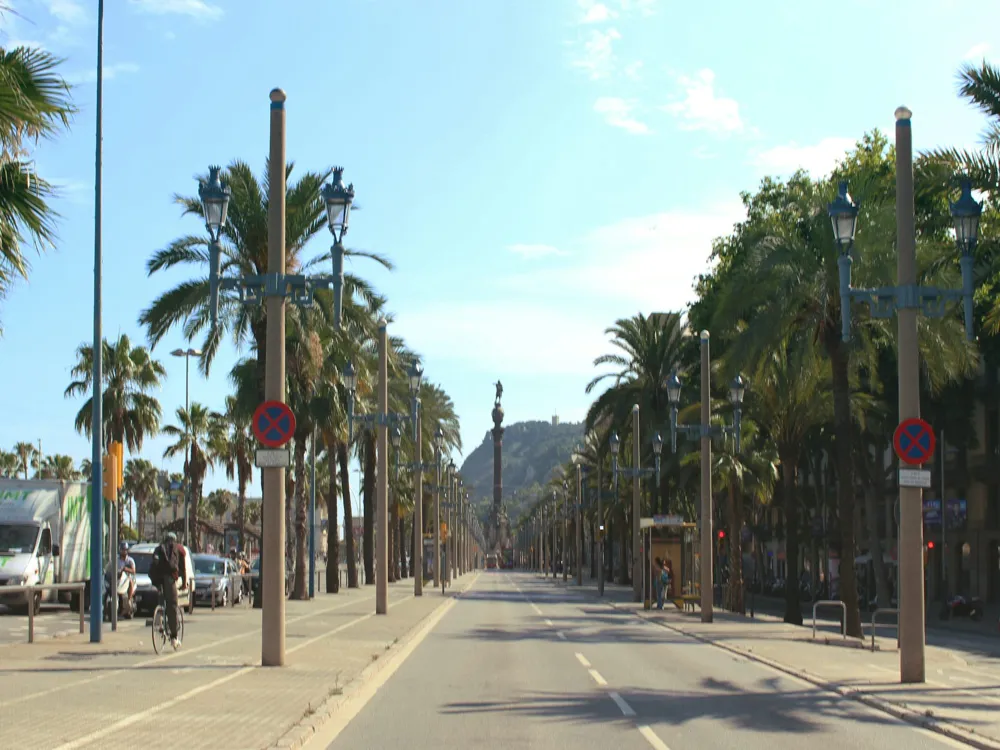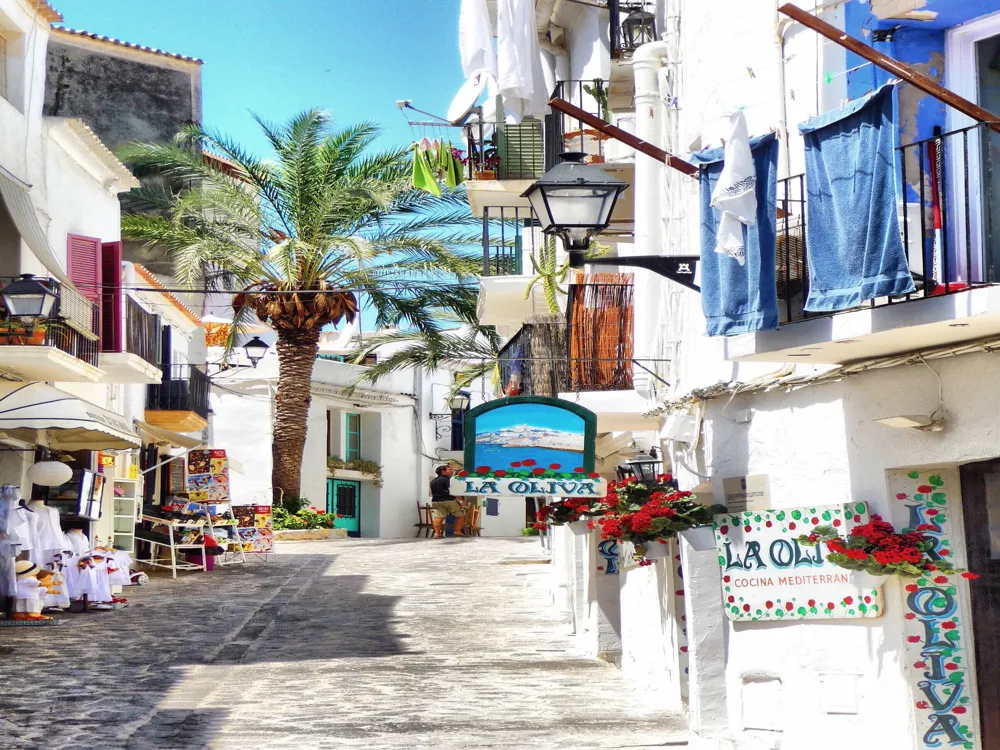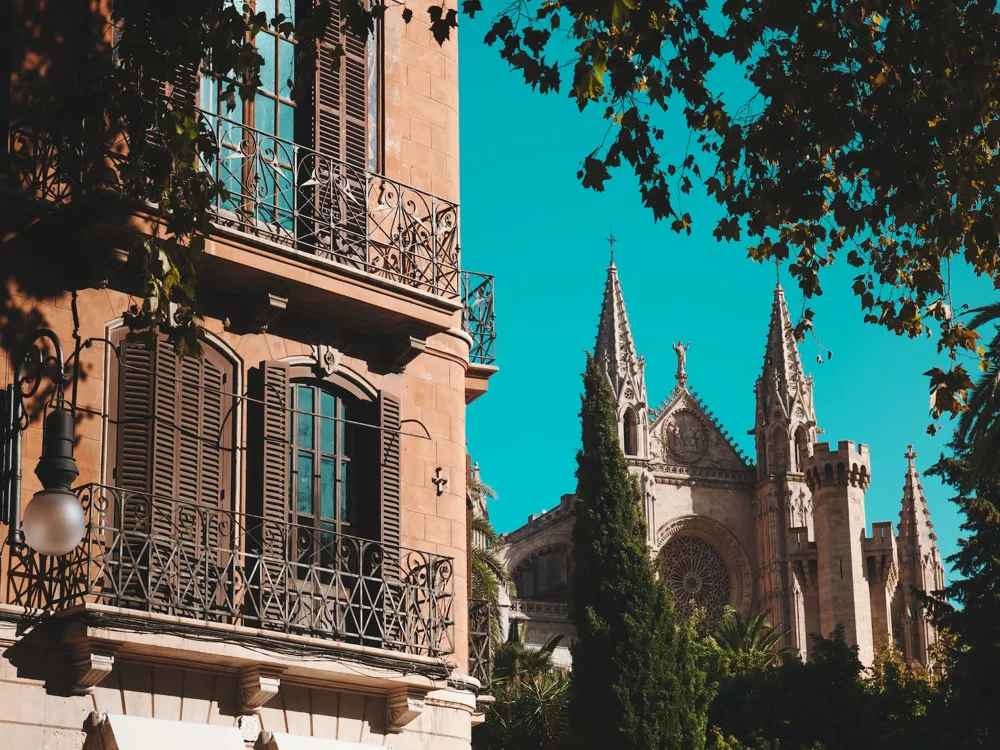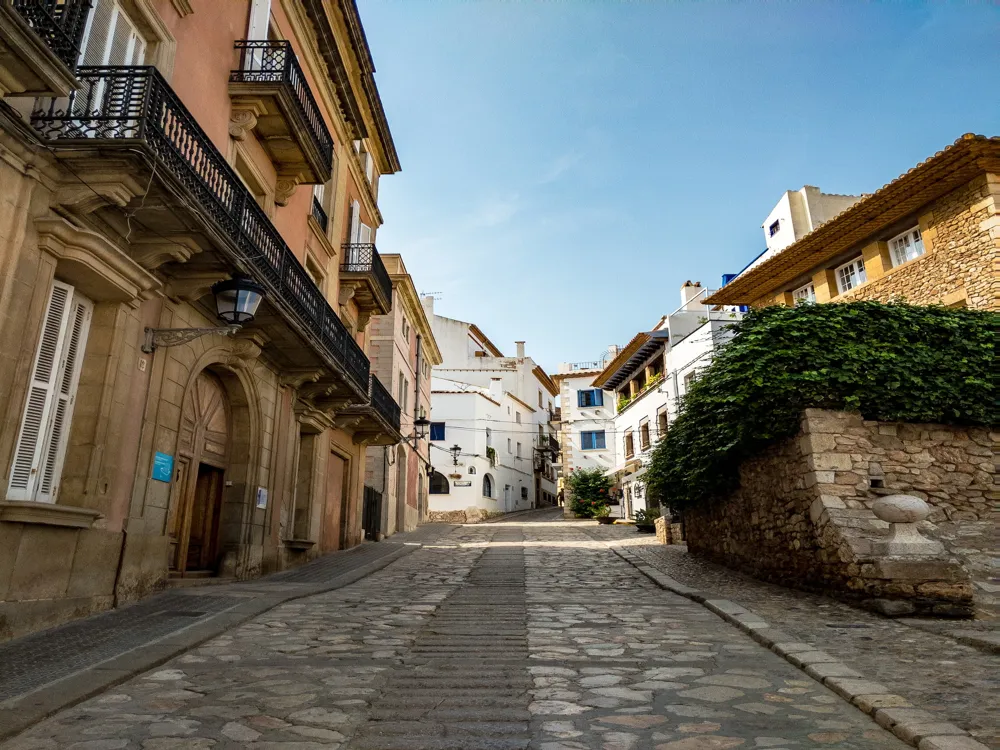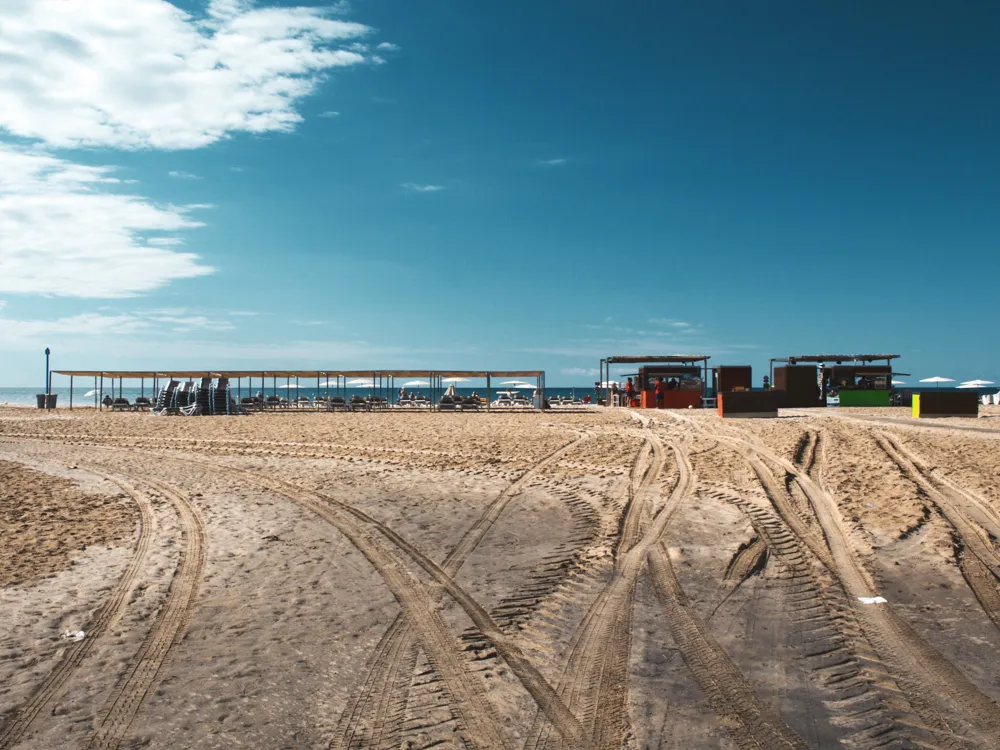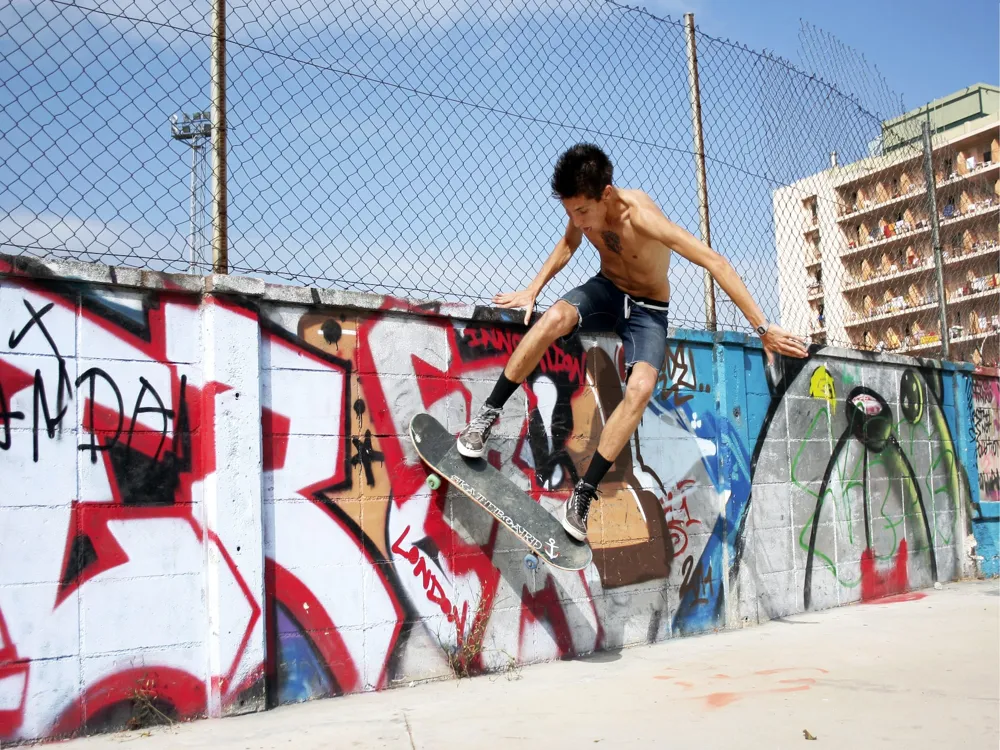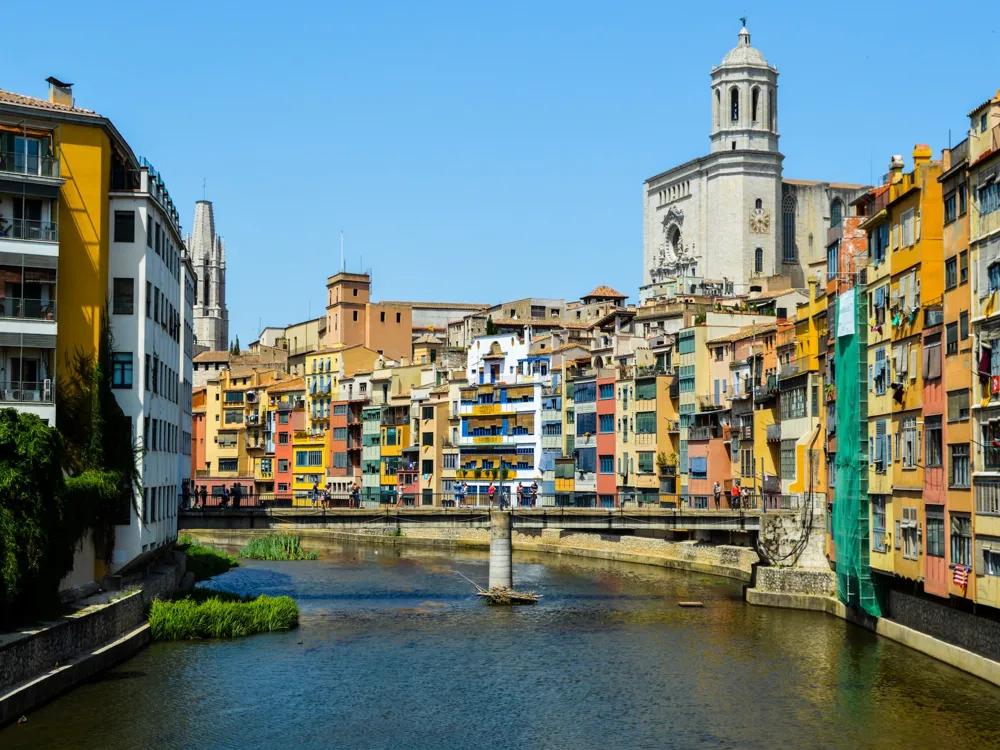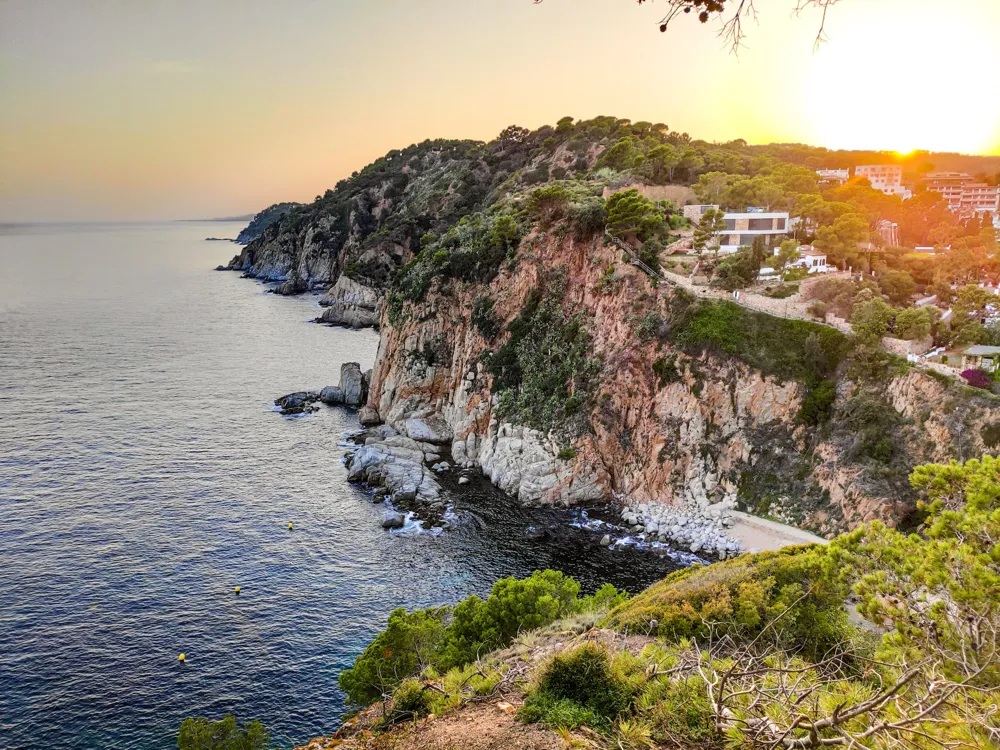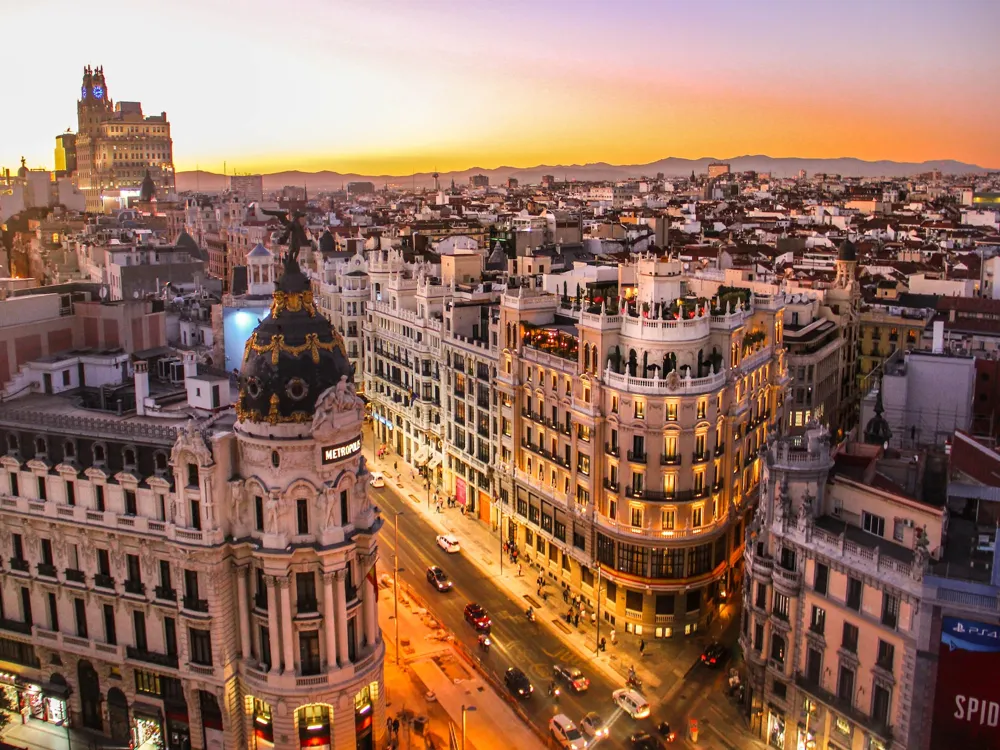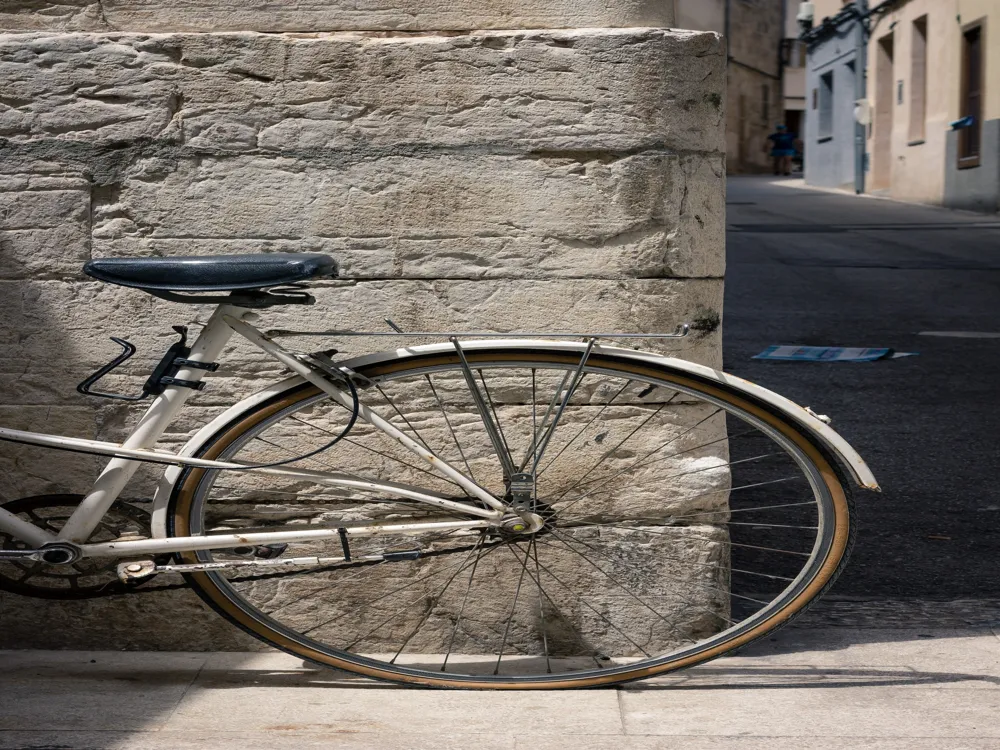Poble Espanyol, located in Barcelona, is a unique open-air museum that offers a journey through the rich cultural heritage of Spain. Conceived as a village, it encapsulates the architectural and cultural diversity of Spain in a single space. Built in 1929 for the Barcelona International Exhibition, Poble Espanyol was initially intended to be a temporary exhibit. However, its popularity and significance led to it becoming a permanent fixture in the city. The museum spans over 49,000 square meters and features over 117 full-scale buildings, which replicate iconic structures from different Spanish regions, giving visitors an immersive experience of Spanish architecture, traditions, and craftsmanship. The conception of Poble Espanyol was led by architect Francesc Folguera and artists Miquel Utrillo and Xavier Nogués, who traveled extensively across Spain to gather inspiration and elements for this ambitious project. Their journey resulted in the creation of a village that represents the essence of Spain's architectural diversity, from Andalusian patios and Valencian streets to Galician landscapes. The village is not just a display of buildings; it's a living space that hosts workshops, where traditional Spanish crafts like glass blowing, ceramics, and leatherworking are still practiced, keeping these ancient skills alive. Moreover, the site is home to numerous restaurants, shops, and performance spaces, offering a taste of Spain's rich gastronomic and cultural offerings. The architecture of Poble Espanyol is a testament to the regional diversity of Spain. The village is divided into different areas, each representing a particular Spanish region, and it showcases a variety of architectural styles, from medieval to contemporary. Key highlights include the replica of the 12th-century Romanesque Monastery of Sant Miquel, which stands as a symbol of Catalonia's religious architecture. The Andalusian quarter, with its narrow streets and white-washed houses adorned with vibrant flowers, captures the essence of southern Spain. The Plaza Mayor, inspired by Castilian squares, serves as the heart of the village, where festivals and events bring the space to life. Each building in Poble Espanyol has been carefully designed to represent the architectural characteristics of its region. For instance, the Valencian area features art nouveau influences, while the Galician section showcases the traditional stone houses of the northwestern part of Spain. This architectural diversity not only offers an educational journey through Spain's history but also provides a picturesque backdrop for various cultural events and exhibitions that take place within the village. Before visiting Poble Espanyol, it's advisable to check the opening hours and any scheduled events on their official website. Consider purchasing tickets online to avoid long queues. The village is vast, so wearing comfortable shoes is recommended. Start your visit at the main square, Plaza Mayor, to get a feel of the village's layout. Don't miss the audiovisual presentations available at various points, offering insights into Spanish culture and architecture. Take your time to explore the artisan workshops and see craftsmen at work. Poble Espanyol offers a variety of dining options, from casual cafes to traditional Spanish restaurants. It's also a great place to buy unique Spanish crafts and souvenirs, handmade by the artisans working in the village. Poble Espanyol is easily accessible by public transport. The nearest metro station is Espanya, served by L1 and L3 lines. From there, it's a short walk to the museum. Buses 13 and 150 also stop near Poble Espanyol. For those driving, there's a parking area nearby, but spaces can be limited during peak times.Overview of Poble Espanyol in Barcelona
Architecture of Poble Espanyol
Tips When Visiting Poble Espanyol
Planning Your Visit
Exploring the Village
Dining and Shopping
How To Reach Poble Espanyol
Poble Espanyol
Barcelona
₹ 35,693 onwards
View barcelona Packages
Weather :
Tags : Sightseeing
Timings : Monday: 10:00 AM - 8:00 PM
Tuesday - Sunday: 10:00 AM - 12:00 PM
Time Required : 2-3 hours
Entry Fee : From EUR 11.60, ticket prices may vary.
Online tickets and box office ticket prices vary.
You can also get free access to the Poble Espanyol and many other attractions if you buy the Barcelona pass.
Planning a Trip? Ask Your Question
Barcelona Travel Packages
View All Packages For Barcelona
Top Hotel Collections for Barcelona

Private Pool

Luxury Hotels

5-Star Hotels

Pet Friendly
Top Hotels Near Barcelona
Other Top Ranking Places In Barcelona
View All Places To Visit In barcelona
View barcelona Packages
Weather :
Tags : Sightseeing
Timings : Monday: 10:00 AM - 8:00 PM
Tuesday - Sunday: 10:00 AM - 12:00 PM
Time Required : 2-3 hours
Entry Fee : From EUR 11.60, ticket prices may vary.
Online tickets and box office ticket prices vary.
You can also get free access to the Poble Espanyol and many other attractions if you buy the Barcelona pass.
Planning a Trip? Ask Your Question
Barcelona Travel Packages
View All Packages For Barcelona
Top Hotel Collections for Barcelona

Private Pool

Luxury Hotels

5-Star Hotels

Pet Friendly







